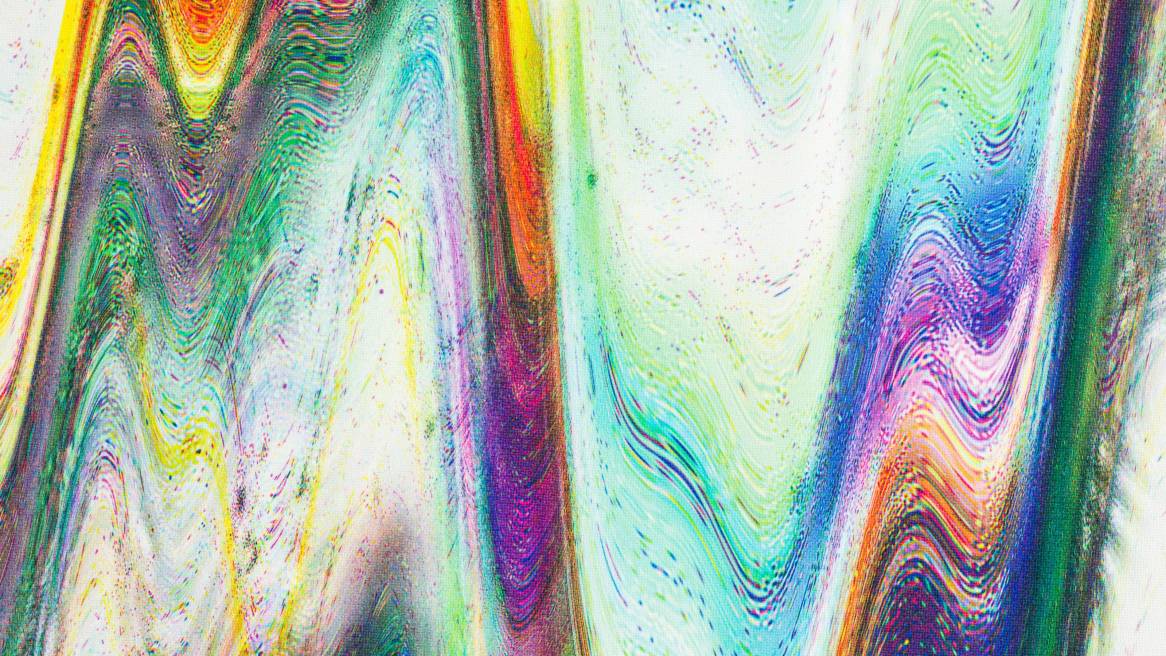Room for Error
Recognizing the beauty of disorder and the value of failure
The universe, science says, is ruled by order… and a bit of chaos, but we tend to live our lives rationally and see predictability and success as our friends. Thing is, they’re not. Well, not always. Consider the invention of the pacemaker, Post-It Notes, even Cornflakes—they all emerged from failure. Mistakes have value, even beauty, and we’d be wise to recognize it.
In the digital age, we just don’t expect machines to make mistakes. So digital errors take on an exotic quality. Glitching, a technique in digital art in which software bugs, data editing and hardware malfunctions are harnessed to produce inexplicable beauty, is a flourishing scene. Glitch artists find the beauty and the spiritual where we don’t expect it, humanizing the unfeeling technology that surrounds us. A torrent of source material coming from video games, hacked apps, bots, malware and OS snafus is transformed into video art, textile patterns and twisted 3D-printed sculptures.
But error has long been valued in the arts—the Victorian photographer Julia Margaret Cameron discovered her accidental out-of-focus initial efforts had a beauty sharper images did not. The ghostly effects and shadows in her portraits of family, friends and artists may look like the Instagram filters of her age, but critics were split on the work. Some dismissed her images as amateur celebrity work, while others thought it brought photography closer to high art.
Wabi Sabi, Japanese art of finding beauty in imperfection was inspired by pensive poetry that emerged after a brutal war and matured into an almost philosophical reaction against ornamentation and fancy materials in the 15th Century. Crudely put, wabi came to mean solitary and sabi an acquired beautiful patina. It’s about appreciating things that are flawed, aged or incomplete with a deep melancholy recognizing the the ephemerality of life.
The embrace of nature’s seemingly random beauty was given a boost by the machine age. Industrialization inspired the Arts and Crafts movement and an embrace of local handicrafts. The Irish gardener and journalist William Robinson decried French formal gardens and advocated for “the wild garden” in spirited debates and books—folks got fired up about gardening in those days. Robinson believed gardens should develop naturally and celebrate the plants in their natural state rather than box greenery into geometric layouts. Perhaps the wild way is better for us, too?
Disorder, in fact, can be a good thing for people says economist Tim Harford. In his book Messy: The Power of Disorder to Transform Our Lives, he writes that creativity and resiliency often benefit from a degree of messiness. A pile on a desk can be more efficient than an elaborate system of organization and can generate new ideas and opportunities. Some comfort amidst chaos can also be an advantage in standing out from and running away from the predictable pack.


